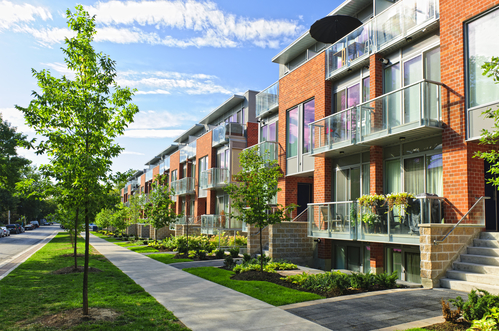Decades of Real Estate Investing Experience
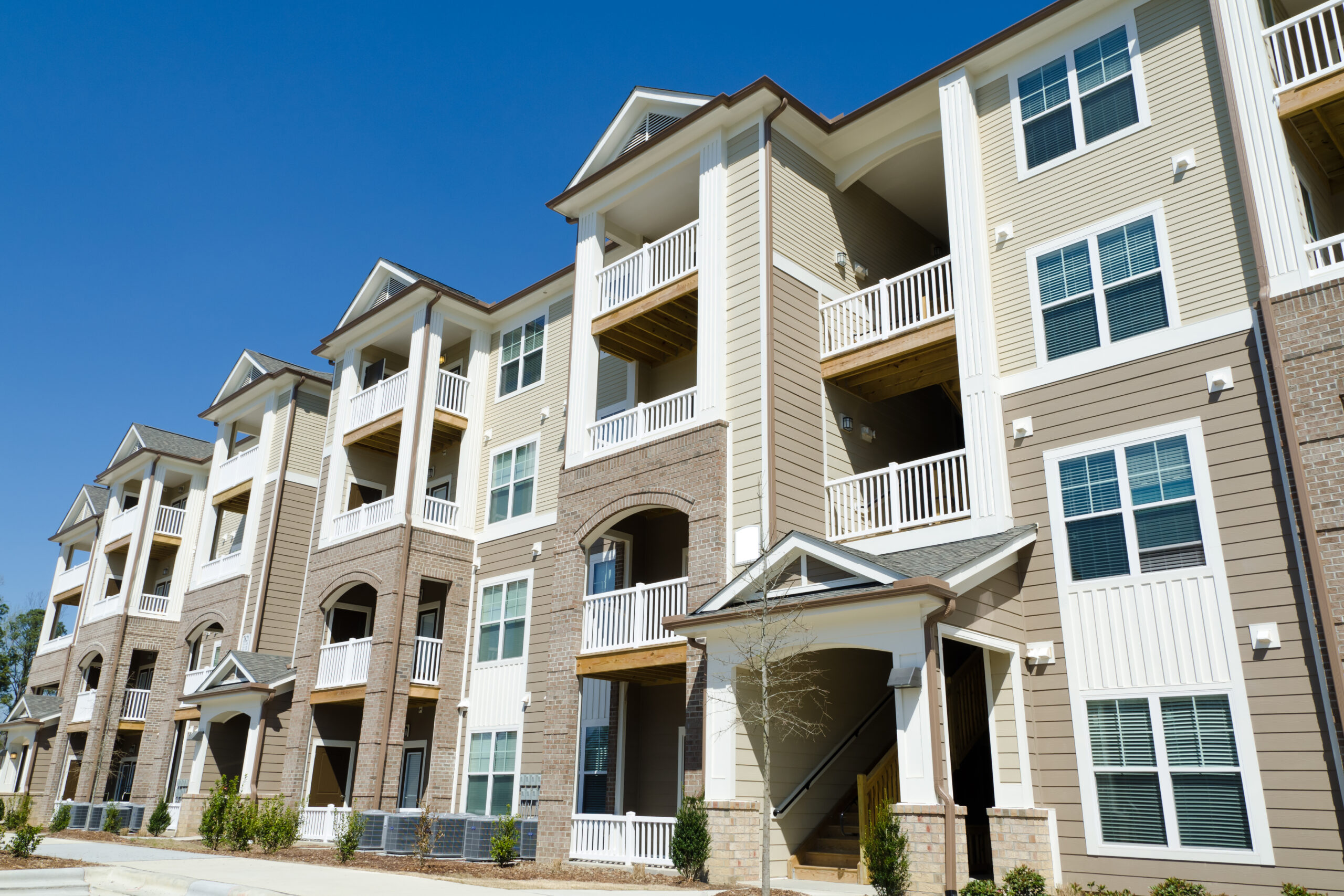
Creating A Life By Design

OUR FOUNDER
CHARLES CARILLO
Charles has been actively investing in multifamily and commercial real estate since 2006 and has invested in over $200 million worth of investment real estate.
He has been a lifelong entrepreneur, never having had a W-2 job. Charles established a payment processing company during college, and shortly afterward, he launched his real estate investing career.
In 2016, Charles founded Harborside Partners LLC, a real estate syndication company. As an accomplished real estate investor featured on over 100 podcasts, Charles designed Syndication Superstars to elevate new and experienced real estate investors to the next level of their real estate investing careers.
Learning The Real Estate Investing Business From The Bottom Up
WEST STREET
My father purchased his first investment property (shown to the right) in 1984, 6 months after I was born. It was a 6-unit, D/C- class apartment building built in 1920 that he paid $80,000 for. Over the next couple of decades, he would continue to purchase several other buildings (with and without partners) before ultimately selling them off, one by one, in the late 1990s and early 2000s.
He always self-managed his properties with a small, always-changing team of superintendents and handymen that he had put together. At least twice a week, starting in elementary school, my brother and I would tag along and assist by sweeping hallways, raking yards, running up and down stairs, knocking on doors, collecting rent, and returning with a carbon copy receipt.
Class D properties are notoriously located in high-crime areas and are very difficult to manage. These buildings are plagued by deferred maintenance, and because of the low rents, it is a continuous process of making patch repairs instead of fully repairing and correcting issues. Witnessing my father dealing with the endless hassles and headaches made the idea of being a landlord a distant possibility for a future occupation.
As I entered high school, my father began acquiring better properties, in better areas that were easier to manage. This, coupled with the benefits I had witnessed of being a real estate investor over the years, now made it a viable career path.

My First Investment Properties

RHODES STREET
In 2006, I graduated from college. Five months later, I purchased my first investment property, a 3-family house (shown to the left). The market was overheated in 2006, and I overpaid, but my basic underwriting checked out, and I pulled the trigger.
When I purchased the property, it was fully occupied. The previous owner moved one of the tenants to another property of his, and over the next few months, I started the long and arduous task of renovating the property while the other two tenants moved out. The renovation lasted about two months before being renovated to a level that allowed tenants to move in. Over the next couple of years, I completed outstanding renovation projects, one by one, until all deferred maintenance issues had been corrected.
Overall, this property was a great learning experience. I underestimated the amount of rehab required, but the property cash flowed with just two units paying rent, and vacancies were never a problem since it was situated in a quiet neighborhood near significant transit and businesses.
JUBILEE STREET
After stabilizing Rhodes Street, I acquired another 3-family property at the end of 2008 (shown to the right) and avoided some of the mistakes I made with my first property.
The first mistake I sidestepped was purchasing a heavy-lift property (an extensive renovation). I did not have a great team of contractors at this point, and Jubilee had been recently renovated and required minimal work. There were, however, some large capital expenditure projects that I would need to prepare for (new windows, new furnaces, etc.) that had never been replaced by the previous owner.
The second mistake I evaded was small units. Typically, larger apartment units attract more stable tenants who stay for several years. It was easy to rent the units at Jubilee, and the tenants stayed for years (one stayed for 12 years).
The third mistake I averted was the need for more parking. Parking is an issue that is not simply or inexpensively fixed, especially at older properties.

Transitioning Into Commercial Properties
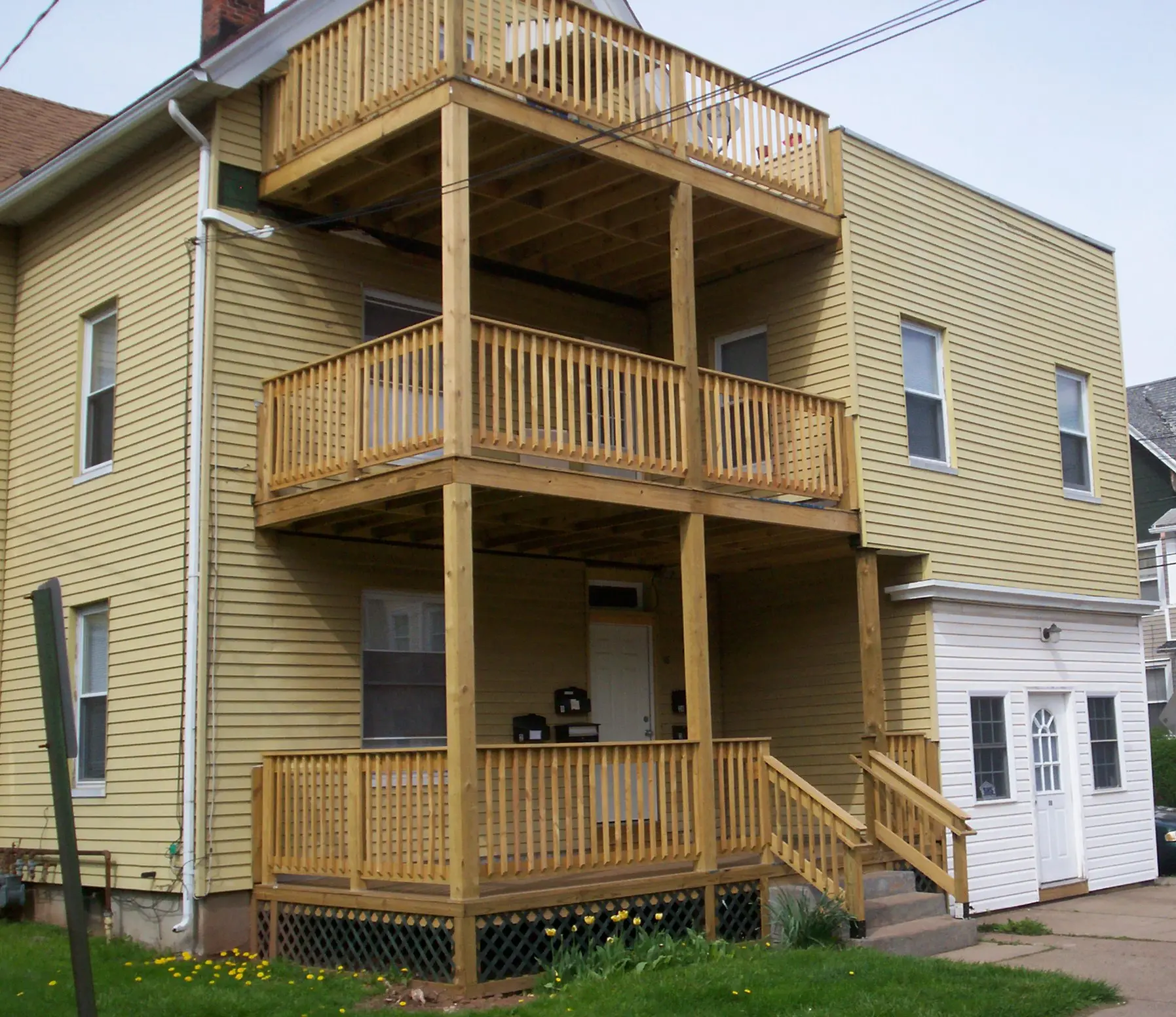
DWIGHT STREET
The Great Financial Crisis offered real estate investors many opportunities if they had access to capital. The majority of those opportunities were found with commercial properties that had been foreclosed upon.
Shortly after the GFC, I purchased my first commercial property, Dwight Street (shown to the left). The property was a 5-unit property that consisted of 4 apartments and one small office. The complex was completely vacant when I acquired it and was in major disrepair. It took about three months to get the property rent-ready, and then I continued to complete the renovation over the next 18 months.
I strategically acquired all my properties within a ½ mile radius, making self-management easier. As I purchased more properties, I began offloading more tasks to handymen and contractors. I mainly handled rent collection, calls with tenants/handymen, and asset management.
In 2012, I moved to Florida and hired a professional third-party property manager to manage my properties and some properties I owned with my brother Cris.
Scaling Through Syndications
THE OAKS AT UNIVERSITY
I never intended to raise money from passive investors when I began investing in apartments. Over the years, several business partners and friends asked me how they could invest in apartments. The recurring theme was that no one wanted to be active investors, and entering into small property partnerships seemed like a hassle to manage.
I learned about syndications in 2008, and I found it to be the most beneficial arrangement for working with investors. It allows the deal operators to purchase more significant, higher-quality properties while the investors can diversify into real estate without typical real estate headaches.
The Oaks at University, in Tampa (shown to the right), was our first syndication. It comprised of 59 units, with many buildings and units having high levels of deferred maintenance. We raised $1.8 million from passive investors and began the value-add process.
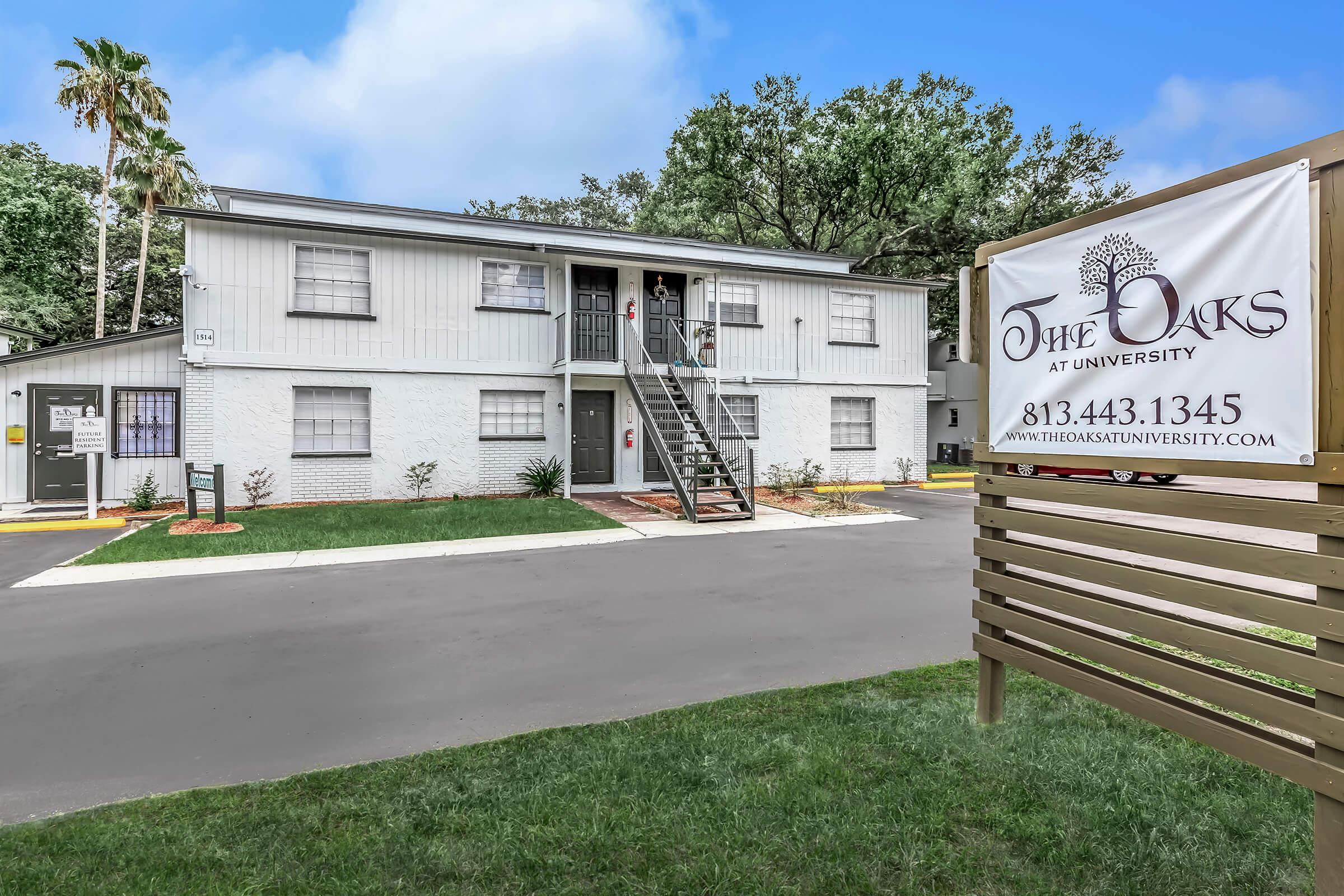
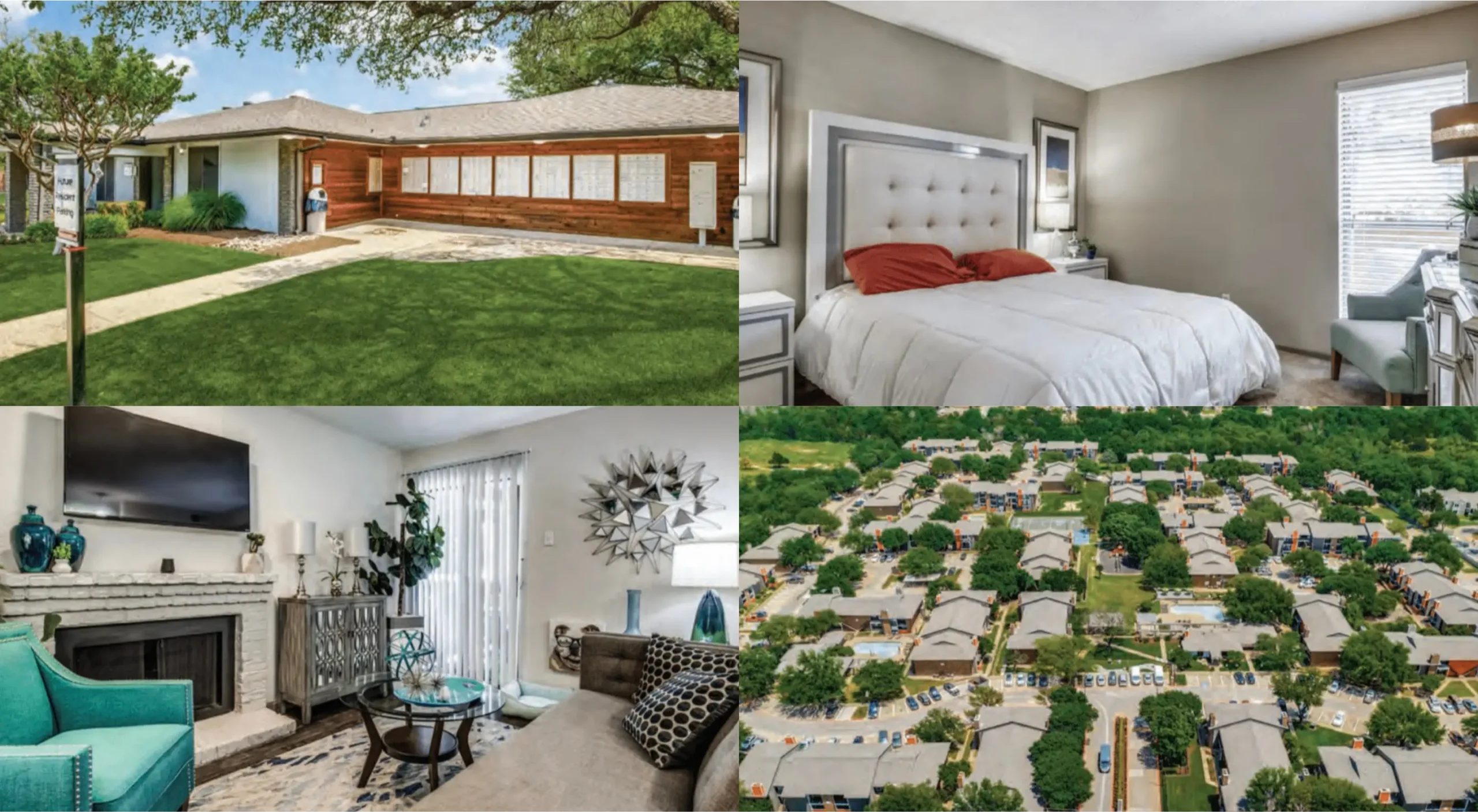
GROWING ALONGSIDE OUR PASSIVE INVESTORS
As our syndication business developed a track record of successful investments, we raised more funds from our network of passive investors and ultimately purchased more properties.
We attributed our success and growth to a few different factors, including our conservative approach, our diligent execution, and our mentors. A significant turning point in the development of Harborside Partners occurred when we hired mentors. Our mentors provided valuable guidance and constructive criticism, helping us learn new skills and keeping us focused on our goals. Hiring experienced mentors allowed us to accelerate our success, reduce our learning curve, and compress timelines by leveraging their strategies, insights, and expertise.
Why I Love This Business
A LIFE BY DESIGN
When I speak to new real estate investors, only a small percentage will cite becoming rich or building a large net worth as their primary motive for becoming a real estate investor. Consistently, the overwhelming majority of them indicate that obtaining freedom is their leading motivation.
Over the years, I witnessed first-hand the freedom afforded by real estate. It has allowed my wife and I the ability to travel throughout the United States and the world extensively, for months at a time, and it can offer you and your family the same benefits if structured correctly.
At the beginning of my real estate investing career, I didn’t have any structure to my business, and I was involved in all aspects of property management, and asset management. Once I began to delegate tasks, and responsibilities, along with developing systems and processes, is when I first started to experience how a real business should operate.
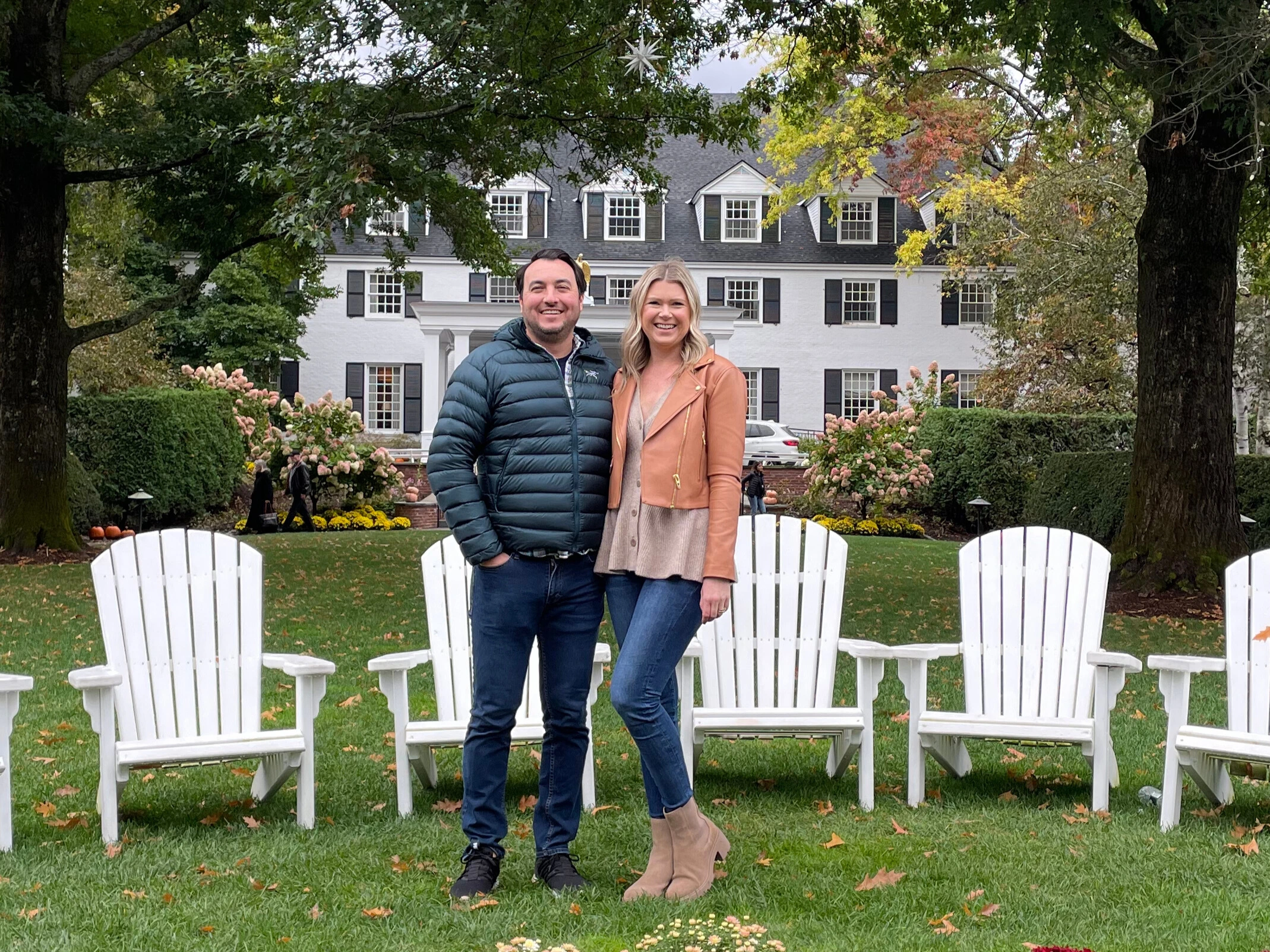
PASSIVE INCOME AND TIME FREEDOM
“Passive income” is an overused term, and I use it very carefully when speaking with new real estate investors. For passive investors in our deals, yes, they are earning actual passive income, but for active real estate investors, it is a semi-passive business. How semi-passive you make your business is up to the team and the systems you have put in place.
Before selling my first portfolio of small investment properties, I had set up a real estate investment business that generated thousands in monthly cash flow and only required a few hours each month to manage.
My goal with our mentoring students is to discover your actual goals, develop a plan for attaining them, and then help you take consistent action towards achieving them. We focus on purchasing rental properties and building processes and systems to allow you, the business owner, the ability to CREATE A LIFE BY DESIGN!

What We Teach

Goals, Planning & Team Building
Setting SMART (specific, measurable, attainable, relevant and time-bound) goals that motivate you.
Training Center
Branding, Marketing & Capital Raising
Form a company, launch a website, and start creating marketing reach to raise capital from investors.
1-on-1 Mentoring
Underwriting & Acquisition
Locate markets, identify properties, underwrite opportunities, negotiate offers, and close deals!
Group Mentoring
Asset & Property Management
Hire or form a property management company, oversee operations and increase the NOI.
CoursesMeet Our Team
At Syndication Superstars, we don’t just assist motivated individuals in becoming the best form of themselves; we help alter the direction of their lives by offering an environment and mentorship that creates greater confidence, greater financial security, location independence, freedom, and most importantly, complete autonomy. Every person on the Syndication Superstars team is a crucial component that allows us the ability to help you create a life by design.

LET'S WORK TOGETHER
Are you interested in multifamily real estate investing? Perhaps you have never invested in real estate or apartments before and want to learn the business from the ground up; or maybe you have invested in real estate before but, want to take it to the next level. We offer 1-on-1 mentoring, group mentoring, and courses; dedicated to making you a better multifamily investor.
JOIN OUR MENTORSHIP PROGRAM




